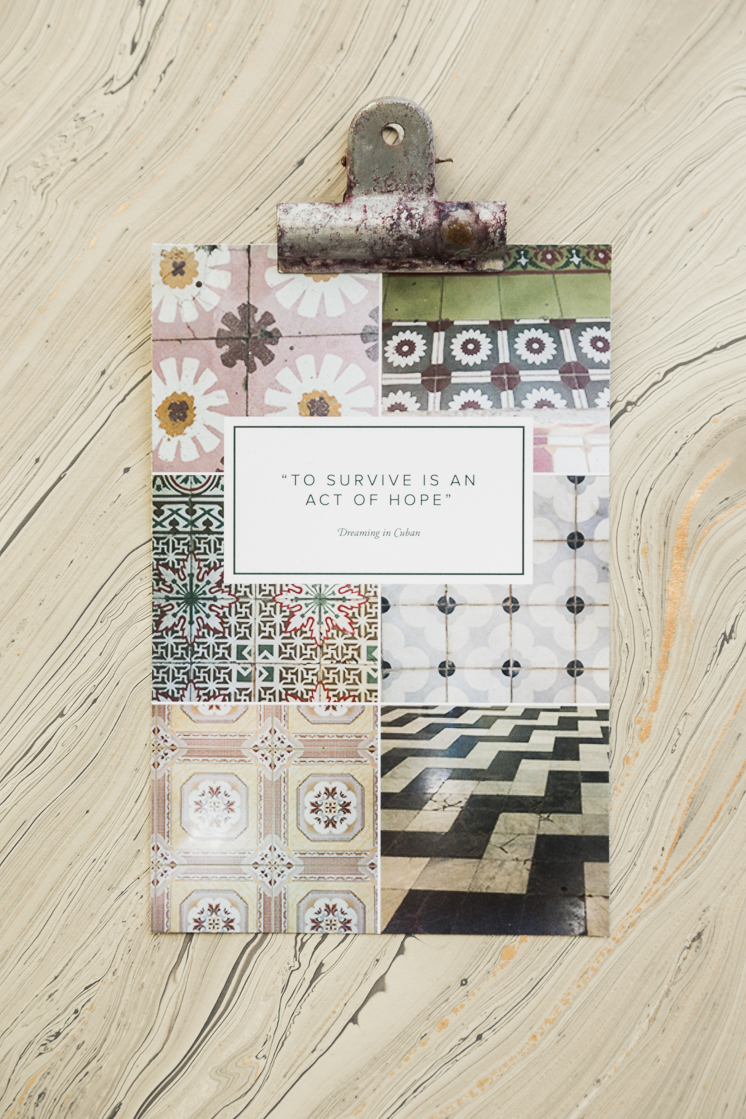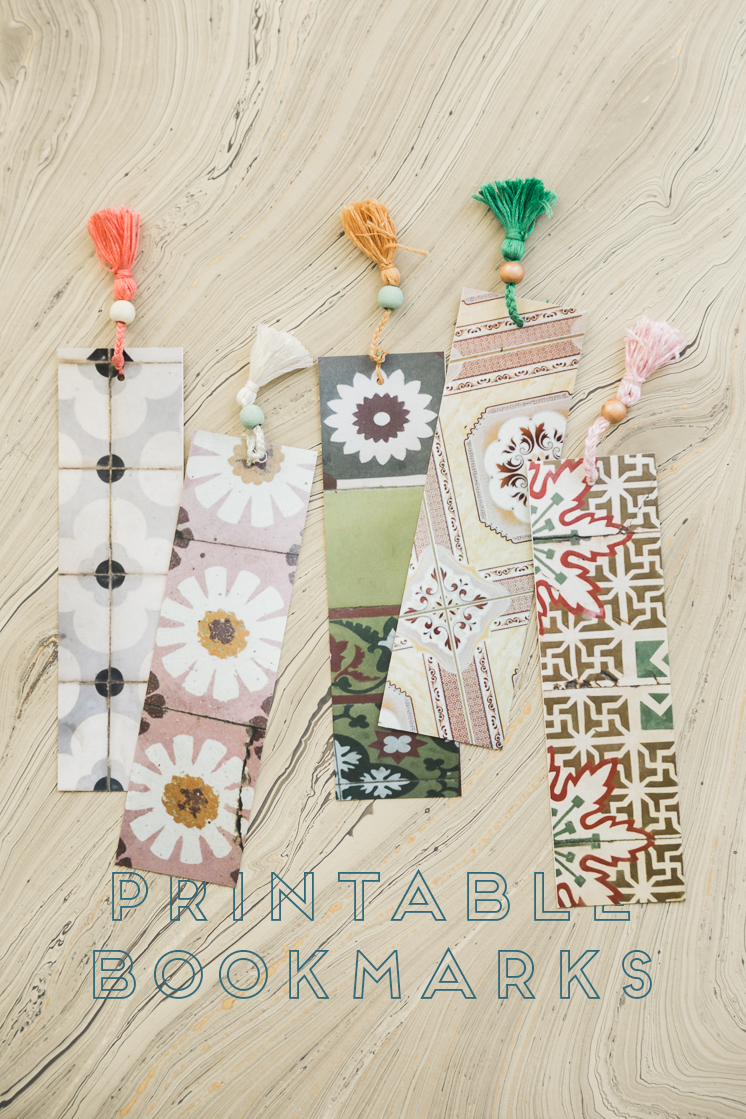Team Lars just returned from a trip to Cuba! And I can’t wait to share our experiences with you. Going along with the cuban theme, here’s an update on the book we read for #LarsBookClub for February.
Have you enjoyed Dreaming in Cuban?? Reviews of this book are such polar opposites, so we’re curious to hear what you thought! Have you been to Cuba? Or after reading Dreaming in Cuban, is this intriguing island now in your travel plans? With questions in the back of the book, it was difficult to come up with some new ones, but here are a few. I recommend reading Garcia’s discussion questions and also the interview with her (which sheds LOTS of light on the main female characters) in the back of the book!
For this month’s printable poster and bookmarks, I used photos that I took in Cuba. The trip was endlessly inspiring and I can’t wait to share all the magical photos. One element that really caught my eye were the ornate tile work. There were so many beautiful combinations (including this one that our photographer, Chaunte just so happened to match!). These patterns inspired me to create so many other beautiful things.
Print out the quote from the book, “To survive is an act of hope” and the booksmarks here
Questions:
1. Did you notice the significance of the color BLUE? Garcia mentions it repeatedly: Celia knew all the blues of the ocean, Jorge del Pino endured cobalt treatment in the U.S., people would kill for the right color blue, Pilar loves to paint shades of blue, etc. What do you think is the meaning behind this?
2. In two different instances, Pilar talks about information and memories: “Who chooses what we should know or what’s important?” and “I resent the hell out of the politicians and the generals who force events on us that structure our lives, that dictate the memories we’ll have when we’re old.” In Cuba, the media was so controlled, the government so biased, correct information and news from the outside world was hard to come by. In Pilar’s world of NYC, her mother Lourdes never spoke of Cuba, her own mother, or their life there. How is this similar? Did this informational disconnect (with almost every character in the story) frustrate you? Anger you? How does information shared or withheld from us change our lives??
3. Garcia’s work, as we’ve mentioned before, is described as “magical realism”, a term that seems contradictory, but at the same time, very accurate. We’re shown the poverty and agonizing helplessness of Cuba’s citizens, the disillusion with Castro’s revolution, and the danger of speaking out against it. Then the “magic” – the visions, the ESP-like speaking between relatives, and the use of Santeria to solve personal problems. Whimsical, yet gritty. Fanciful, yet sullied. And the more I read about Cuba, I realize this magical realism is deeply engrained in their culture. What did you think of it? Did this supernatural element give the story less credibility, or more? Did it flesh out the meaning of the book’s title for you?
4. Many of Garcia’s characters weren’t exactly lovable. Did you connect with any of these complex women? If you could choose, which one was your favorite? Or which relationship did you enjoy reading about (if any)?
5. Garcia added little details into the story that often caught my interest or came up more than once. For example: the significance of shells, Celia’s pearl drop earrings, the color blue (mentioned in question #1), …even the offhand mention that Javier was born in a caul, which meant he would never die by drowning. Yet later in the story, a woman swears she sees Javier del Pino facedown, drowned in a puddle. Did you catch that? Or any other details? Please share!
If you’d like to keep reading about Cuba, its culture, political upheaval, and what that’s meant for its people, here are some fantastic further reading suggestions:
Havana Real by Yoani Sanchez (this collection of blog posts is jaw-dropping, and her blog is currently still up and running!)
Waiting for Snow in Havana by Carlos Eire
The Other Side of Paradise: Life in the New Cuba by Julia Cooke
Cuba Diaries: An American Housewife in Havana by Isadora Tattlin
Photos by Anna Killian for The House That Lars Built | Photo artwork by Brittany Jepsen




